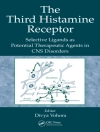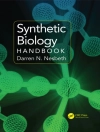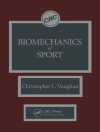This Springer essential provides an overview of current research on the topic of left-handedness and brain asymmetries. In addition to basics of assessing left-handedness and brain asymmetries, it also explores their evolution, development, and their study in the animal kingdom. Other focal points include research on the relationship between left-handedness and cognitive functions, as well as the topic of handedness and sports. The essential is rounded off with a discussion on the topic of relearning handedness and a discourse on altered asymmetries in various patient groups.
Table of Content
Introduction.- What is Left-Handedness?.- Brain Asymmetries: Left-Right Differences in the Brain.- How Do Left-Handedness and Brain Asymmetries Occur?.- Left-Pawedness: Brain Asymmetries in the Animal Kingdom.- The Evolution of Left-Handedness and Brain Asymmetries.- Left-Handedness and Cognitive Functions.- Do Left-Handers Have an Advantage in Sports?.- Relearning Handedness and Its Consequences.- Left-Handedness and Brain Asymmetries in the Clinical Context.
About the author
Professor Dr. Sebastian Ocklenburg is a Professor of Research Methods in Psychology at MSH Medical School Hamburg, where he researches the origins and neurophysiology of brain asymmetries.












